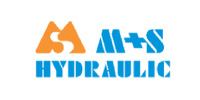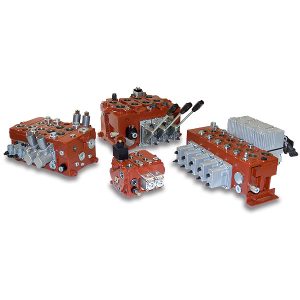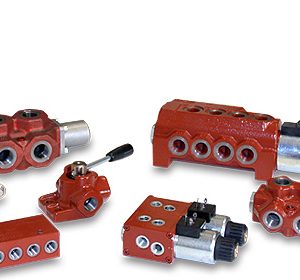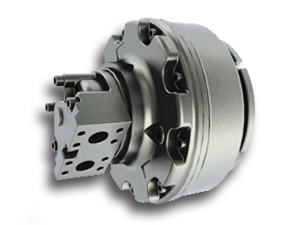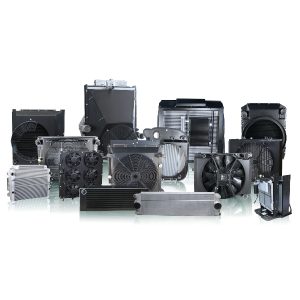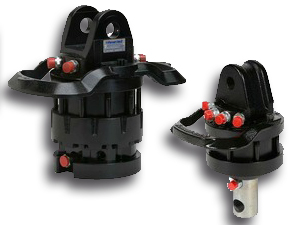This system is used in controlling vehicles which demand high steering forces such as off-road trucks, fork lifts, earth-moving machines, and tractors. Hydrostatic steering is used in almost every steering application, for example watercrafts. Thanks to the low torque required to operate the steering wheel, hydrostatic steering systems make vehicle-direction control simple, safe and comfortable.
The application of this steering system is particularly beneficial when dealing with compact design vehicles where mechanical linkage between the steering wheel and the steered wheels would be more difficult and expansive (e.g. small watercrafts, movers, small tractors, etc.).
In a steering unit, the wheel connected to the steering column turns an inner orbiting member within an outer ring.
The Gerotor works as an oil meter which proportions the oil volume sent to the steering cylinders in relation to the input turning movement. Oil distribution is controlled by a rotating sleeve valve linked to the steering column (sleeve valve).
When the steering system works with oil flow from the pump, the torque involved in steering is supplied by the fluid under pressure.
In case of emergency (pump failure or oil hydraulic circuit failure) the steering unit operates as a manual pump and assures the control of the vehicle even under breakdown conditions (in this case, the steering wheel torque will be higher).
MST
– Displacement from 32 up to 100 cc
– Built in valves
– Valvole incorporate
– Pressure up to 140 bar
ST
– Positive power steering in all conditions
– Built-in valves
– Pressures up to 175 bar
– T-line pressures up to 40 bar








